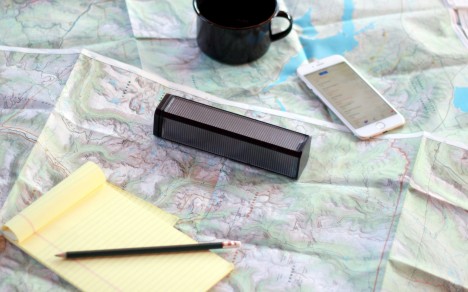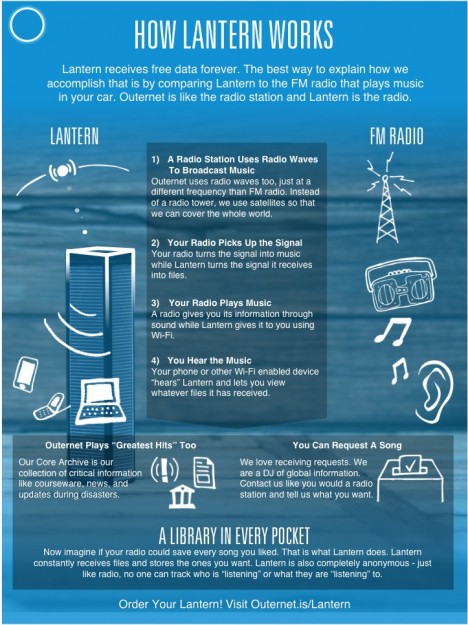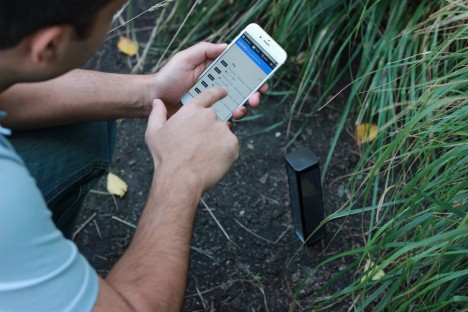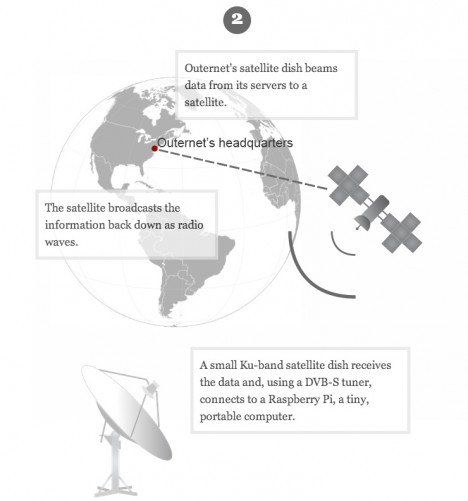
No signal is no problem when you have this tiny portable device providing free, anonymous and and uncensored ‘Outernet’ from any location, including remote places far beyond the reach of cables or traditional wireless internet.

Receiving signals much like a traditional radio catches waves (from a series of satellites already in place), the Lantern unit has just raised close to half a million dollars in funding to develop and deploy its gadgets.

“Lantern continuously receives radio waves broadcast by Outernet from space. Lantern turns the signal into digital files, like webpages, news articles, ebooks, videos, and music. Lantern can receive and store any type of digital file on its internal drive. To view the content stored in Lantern, turn on the Wi-Fi hotspot and connect to Lantern with any Wi-Fi enabled device. All you need is a browser.”

Providing a continuously-updated web archive you can take anywhere, Lantern lets you stay connected to news, read books, listen to music, peruse academic journals, all while in remote locations (including the billions of people already living out of range). It is also billed as a good device to have handy in an emergency – a way to receive information when traditional networks are spotty or down.


“Outernet’s current signal requires a dish and enables higher download rates for mass consumption on a school or village level. This campaign is to turn on a new signal that will blanket the entire Earth with free data and can be received on a device that fits in your hand.”


“The Core Archive is a collection of content selected by Outernet because of its importance to humanity. This will include news, educational content, and disaster updates, when applicable. It is publicly viewable, dynamically edited, and subject to continuous discussion and review. It will include: Wikipedia, Linux distributions, such as Ubuntu, Fedora, and Arch Educational courseware of EdX and Khan Academy, Project Gutenberg books, Open Source Ecology plans, audio and video literacy lessons, regular digests of the Bitcoin Blockchain, compiled news bulletins, disaster updates, OpenStreetMap, commodities information, weather information, and much more. The entire Core Archive will be less than 1 TB. Pared down versions will be considerably smaller.”

